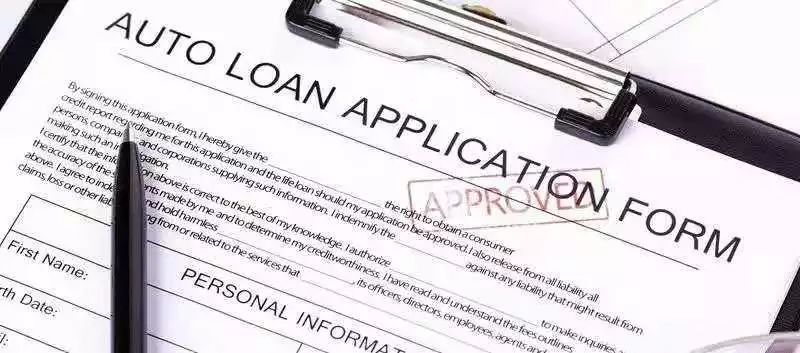### Understanding Student Loan Forbearance: What It Means and How It Works
#### Define Student Loan Forbearance**Define Student Loan Forbearance** refers to a temporary relief option for borrowers who are struggling to make their s……
#### Define Student Loan Forbearance
**Define Student Loan Forbearance** refers to a temporary relief option for borrowers who are struggling to make their student loan payments. During forbearance, borrowers can pause or reduce their monthly payments for a specified period without facing penalties. This can be particularly beneficial during financial hardships, such as job loss, medical emergencies, or other unexpected financial burdens.
#### What is Student Loan Forbearance?
Student loan forbearance is a provision that allows borrowers to temporarily stop making payments on their student loans or to reduce the amount they pay. Unlike deferment, where the government may pay the interest on certain types of loans during the pause, forbearance typically means that interest will continue to accrue on all types of loans, including federal subsidized loans. This means that while borrowers may find temporary relief from monthly payments, they may end up owing more in the long run due to the accumulated interest.
#### Types of Forbearance

There are two main types of forbearance: discretionary and mandatory.
- **Discretionary Forbearance**: This type is granted at the lender's discretion. Borrowers must prove that they are experiencing financial difficulties, and lenders will review the situation before approving the request.
- **Mandatory Forbearance**: This type must be granted by the lender if the borrower meets specific criteria, such as serving in a medical or dental internship or residency program, or if the borrower’s monthly student loan payments exceed a certain percentage of their monthly income.
#### How to Apply for Forbearance

Applying for student loan forbearance typically involves contacting the loan servicer and submitting a request. Borrowers may need to provide documentation of their financial situation, such as pay stubs or bank statements. It is essential to keep in mind that forbearance is not automatic; borrowers must actively seek it out.
#### Implications of Forbearance
While forbearance can provide temporary relief, it is crucial for borrowers to understand the implications. Since interest continues to accrue during forbearance, borrowers may find themselves with a larger loan balance when they resume payments. This can lead to longer repayment periods and increased total interest costs over the life of the loan.
#### Alternatives to Forbearance

Borrowers should also consider alternatives to forbearance. Income-driven repayment plans may allow borrowers to lower their monthly payments based on their income and family size. Additionally, deferment may be an option for those who qualify, where interest on certain loans may be subsidized.
#### Conclusion
In summary, **define student loan forbearance** as a helpful but potentially costly option for borrowers in financial distress. Understanding the types of forbearance, the application process, and the long-term implications is essential for making informed decisions about student loan management. It is always advisable for borrowers to explore all available options and consult with a financial advisor or their loan servicer to find the best solution for their situation.